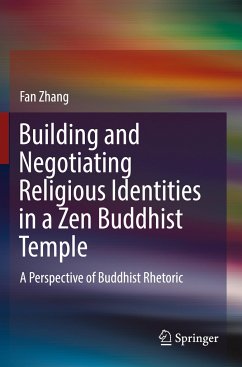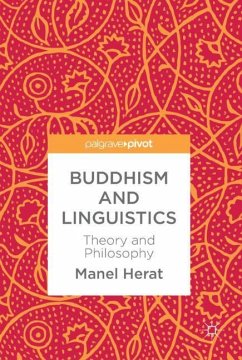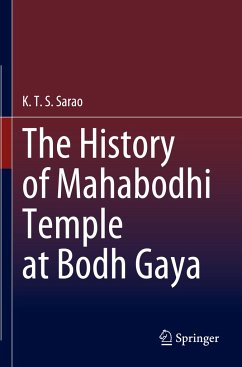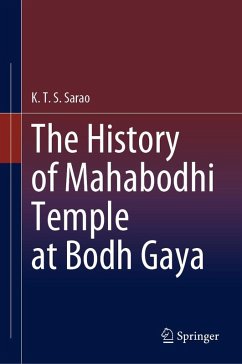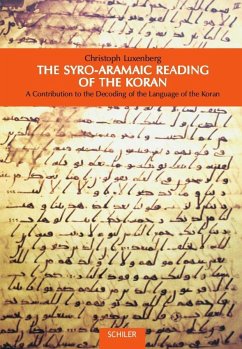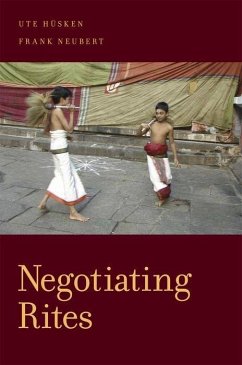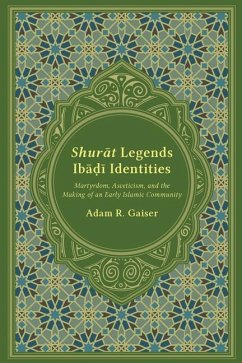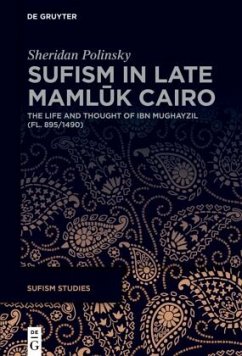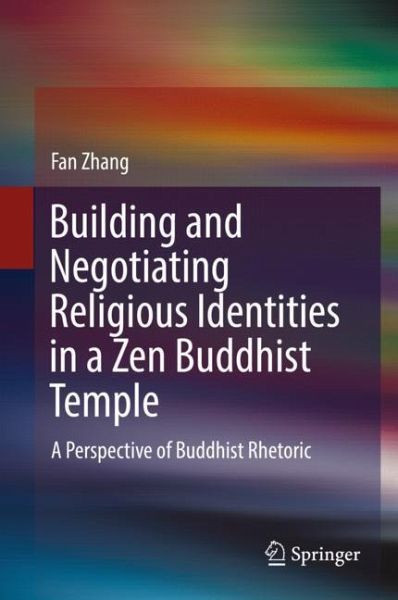
Building and Negotiating Religious Identities in a Zen Buddhist Temple
A Perspective of Buddhist Rhetoric
Versandkostenfrei!
Versandfertig in 6-10 Tagen
38,99 €
inkl. MwSt.
Weitere Ausgaben:

PAYBACK Punkte
19 °P sammeln!
This book explores the practices in a Zen Buddhist temple located in Northwest Ohio against the backdrop of globalization. Drawing on the previous studies on Buddhist modernization and westernization, it provides a better understanding of the westernization of Buddhism and its adapted practices and rituals in the host culture. Using rhetorical criticism methodology, the author approaches this temple as an embodiment of Buddhist rhetoric with both discursive and non-discursive expressions within the discourses of modernity. By analyzing the rhetorical practices at the temple through abbots' tea...
This book explores the practices in a Zen Buddhist temple located in Northwest Ohio against the backdrop of globalization. Drawing on the previous studies on Buddhist modernization and westernization, it provides a better understanding of the westernization of Buddhism and its adapted practices and rituals in the host culture. Using rhetorical criticism methodology, the author approaches this temple as an embodiment of Buddhist rhetoric with both discursive and non-discursive expressions within the discourses of modernity. By analyzing the rhetorical practices at the temple through abbots' teaching videos, the temple website, members' dharma names, and the materiality of the temple space and artifacts, the author discovers how Buddhist rhetoric functions to constitute and negotiate the religious identities of the community members through its various rituals and activities. At the same time, the author examines how the temple's space and settings facilitate the collective the formationand preservation of the Buddhist identity. Through a nuanced discussion of Buddhist rhetoric, this book illuminates a new rhetorical methodology to understand religious identity construction. Furthermore, it offers deeper insights into the future development of modern Buddhism, which are also applicable to Buddhist practitioners and other major world religions.



